Among the many changes to daily life since the start of the pandemic, grabbing a face mask before heading to work or the supermarket is definitely one of them. Now, some experts are suggesting we should be grabbing two.
Double-masking is the latest measure being recommended by some experts against the spread of COVID-19 overseas.
LIVE UPDATES: One new local case in Victoria as Australian Open hotel quarantine worker tests positive
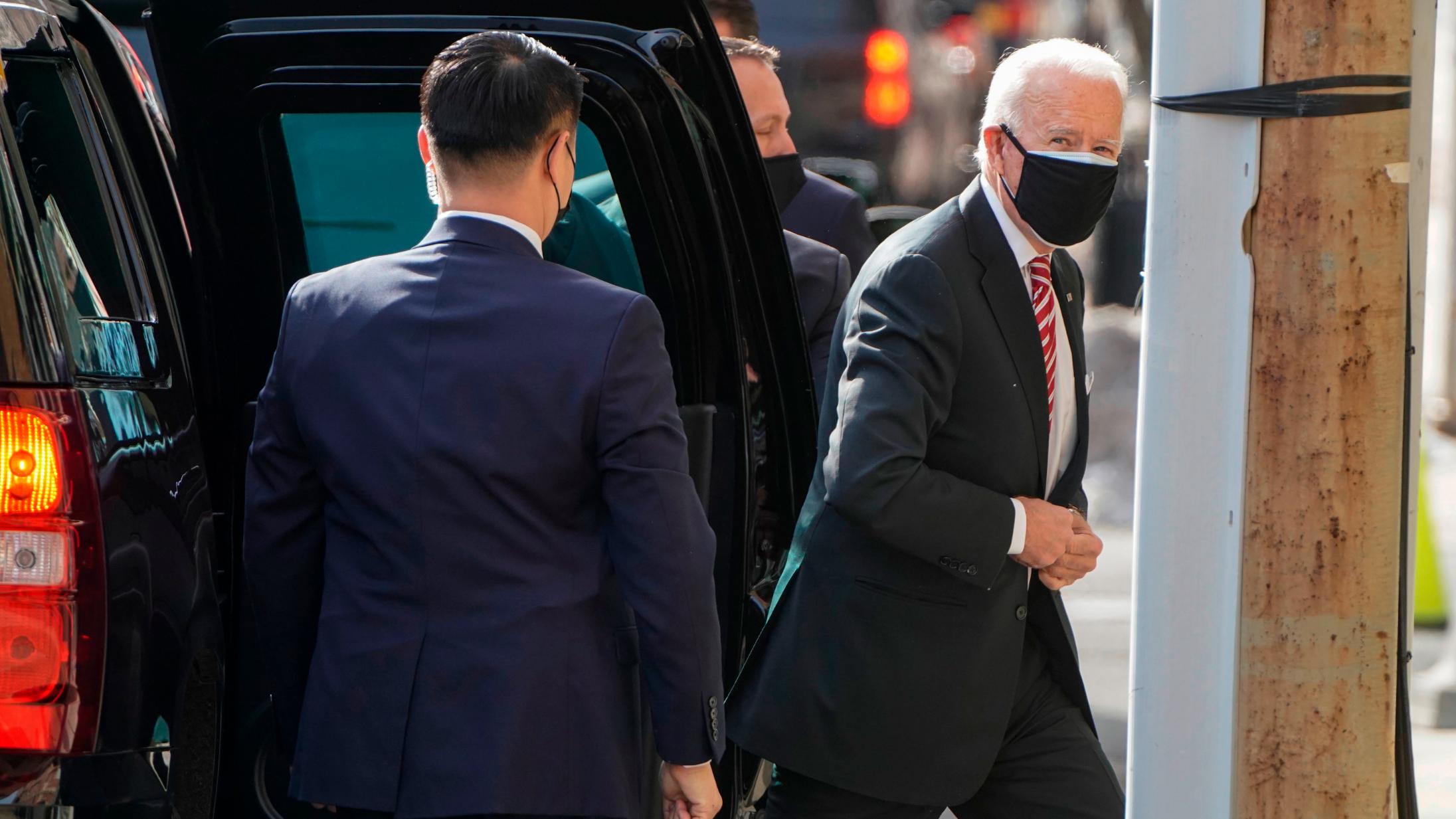
Dr Anthony Fauci, the chief US infectious diseases expert and adviser to President Joe Biden, said double-masking is "common sense".
But are two masks really better than one?
What is double-masking?
Double-masking refers to wearing two masks on top of each other to provide an extra barrier against the spread of bacteria in aerosols.
Professor Brian Oliver, an infectious diseases expert and researcher at the University of Technology Sydney, said the double-masking trend is similar to "double-gloving" in hospitals – but while the principle is the same, it may not work as effectively when applied to face coverings.
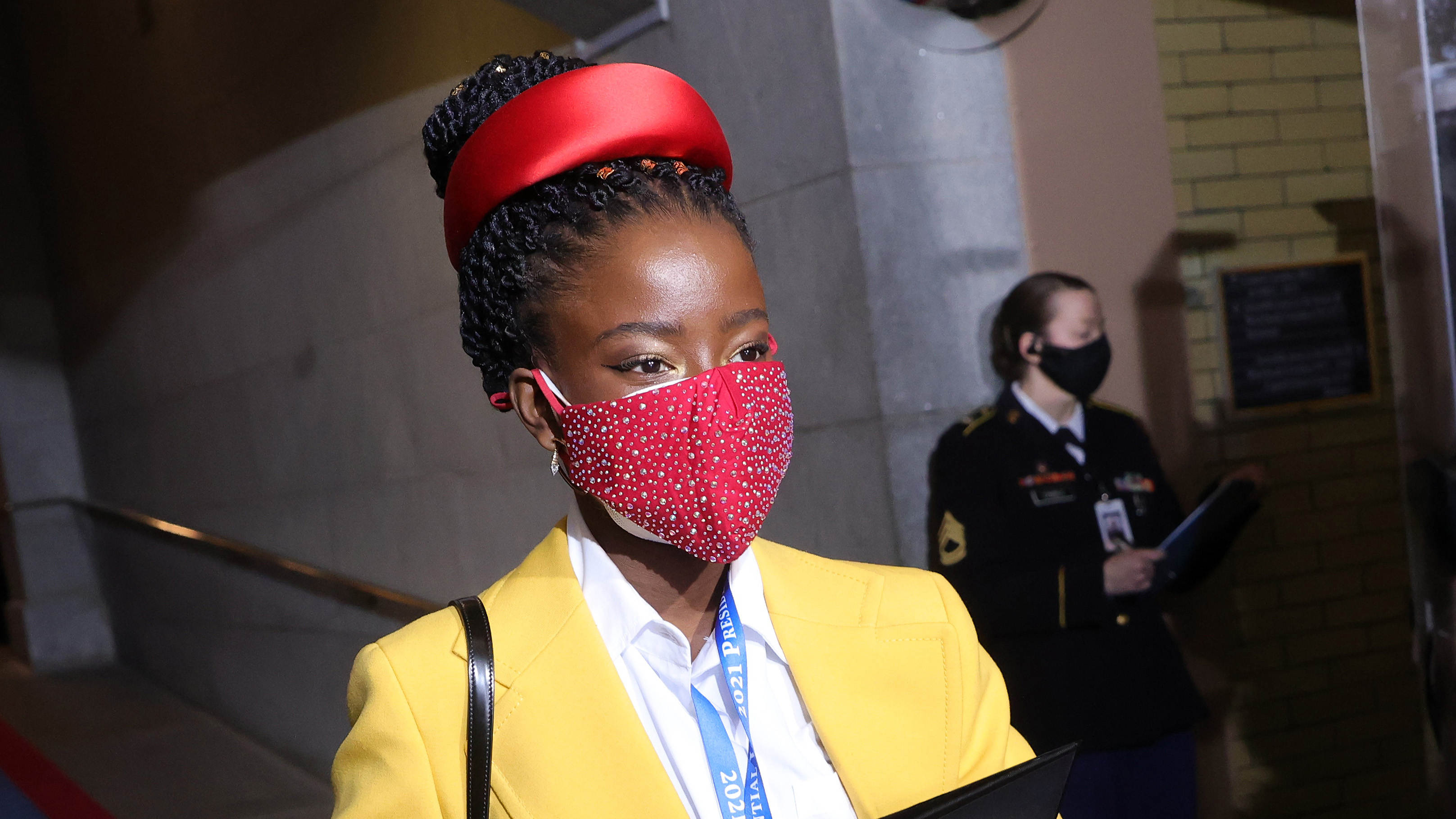
"I think people have caught hold of the idea of 'double-gloving', which is where you wear two lots of latex or surgical gloves so that when the outer one gets dirty or contaminated you can take it off and you still have clean pair of gloves on," Professor Oliver told nine.com.au.
"They've taken that scientific principle for gloves and applied it to masks without thinking too hard about how masks work."
Is double-masking more effective than a single face mask?
While wearing an extra layer of coverage might seem like an obvious way of increasing your protection, Professor Oliver said too many layers can defeat the purpose of a face mask altogether.
"You might think that if one masks offers 50 per cent protection and you put another one on, that those two 50s will make 100 (per cent protection) but unfortunately it doesn't work that way," he said.
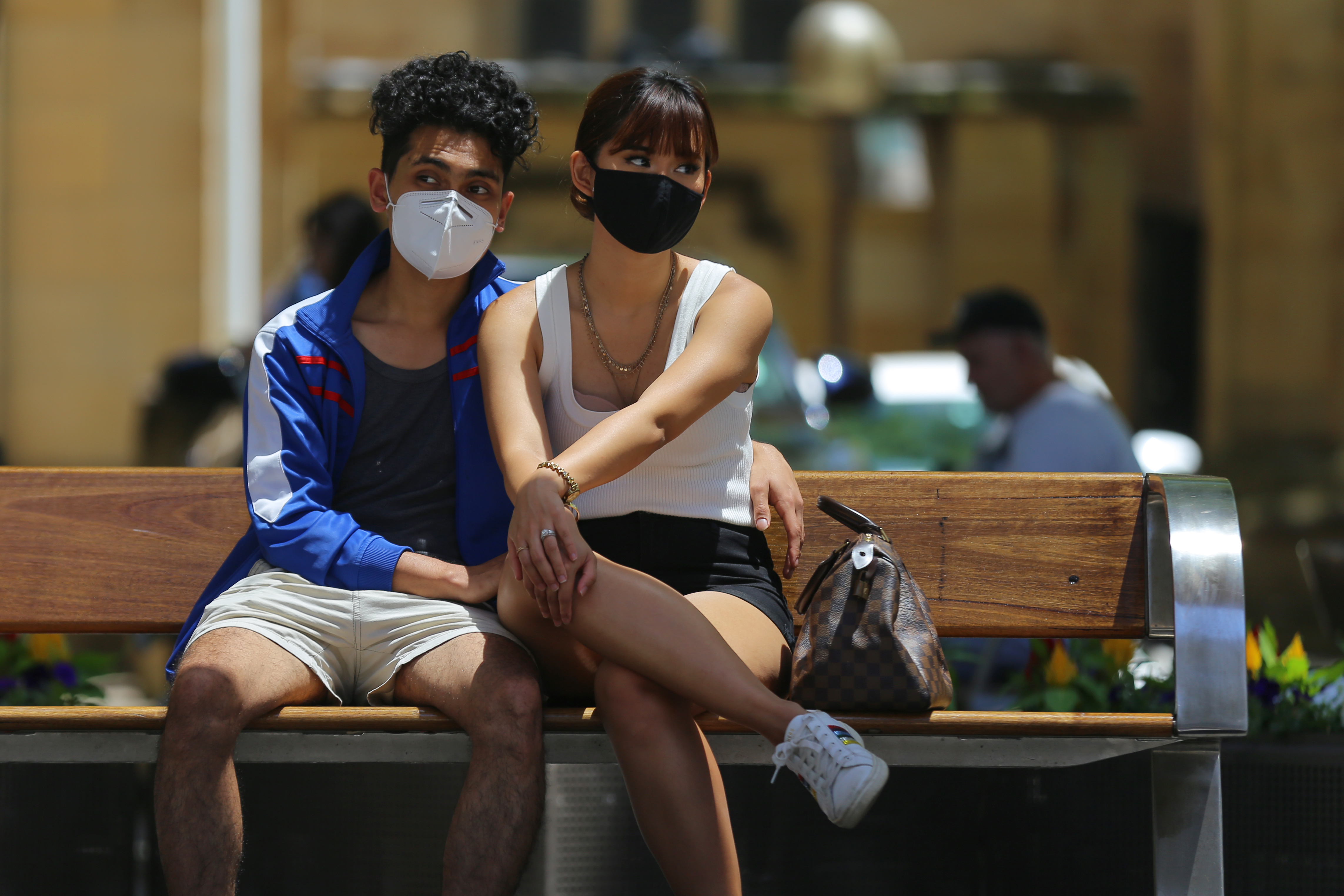
Face masks work by filtering out the air we breathe in and out.
Professor Oliver said masks that are too thick can become an obstacle to this filtration.
"If you've got a surgical mask on and you've got two layers that are difficult to breathe through, all your exhaled air goes out of all the holes and none of it goes through your mask at all," he said.
"Where beforehand you had some level of filtration, it's now been reduced due to filter density.
"There's also the suggestion that if you're wearing two masks the outer one can get dirty, leaving the inner one clean because it's just you touching it but there's nothing to suggest all the air gets stopped at either layer so that doesn't make any sense either."
Is double-masking safe?
According to Professor Oliver, double-masking could pose more risks than benefits.
"Often what can happen is if you're wearing two masks it can become so hard to breathe in them that you take them off," he said.
Also, if the air you breathe no longer being filtered, harmful bacteria may be allowed to simply escape.
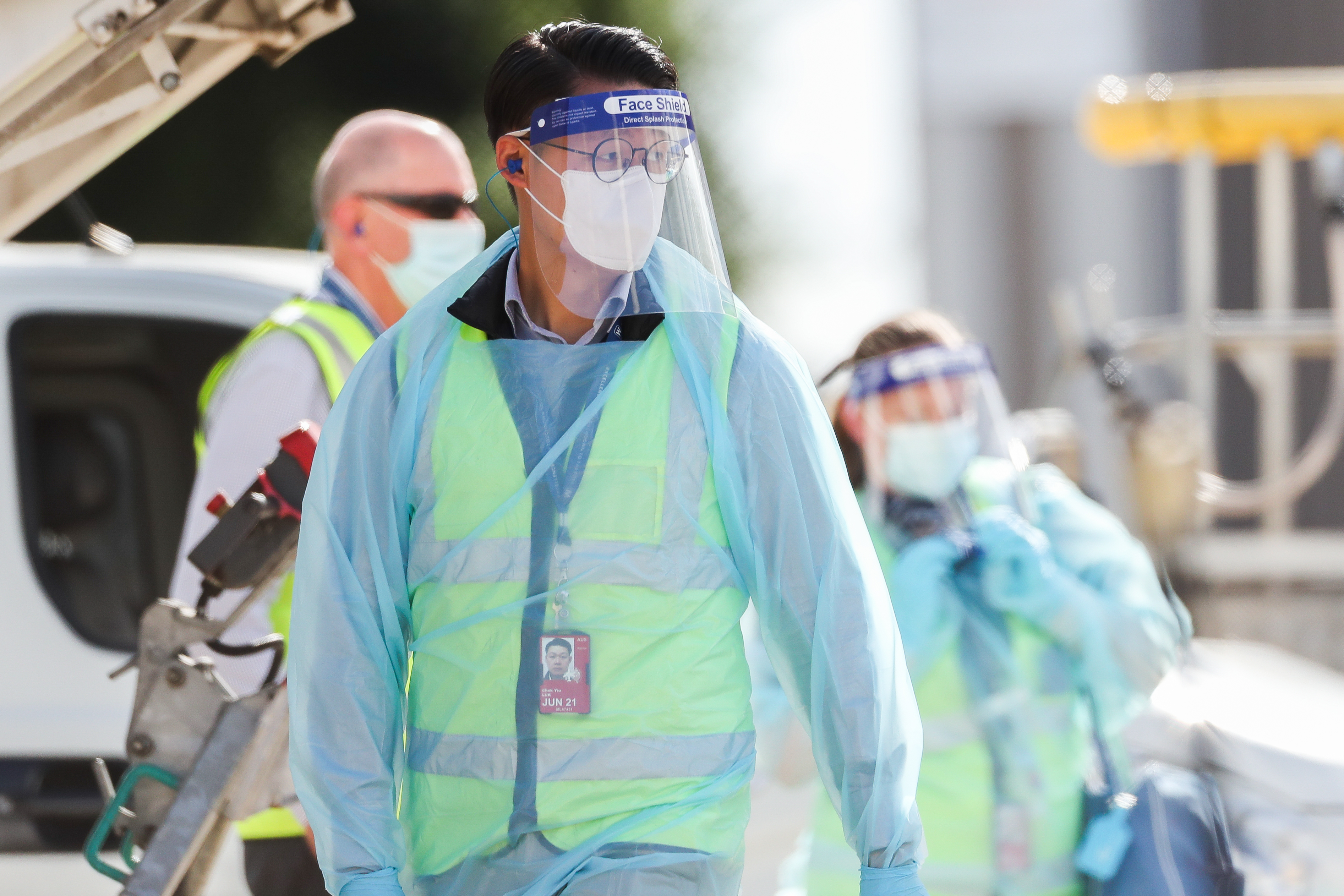
Despite this, Professor Oliver said if people choose to wear a properly fitted surgical mask with a more "fashionable" one over the top, this isn't necessarily harmful.
"If people want to wear something that's fashionable with the full understanding it's not a proper mask and then they're wearing a surgical one underneath, that's not so bad," he said.
"If it normalises mask-wearing and makes them feel more confident wearing one I don't think that's a negative, but the trouble is just because you've got an expensive mask encrusted with diamonds doesn't mean it's got a good filter."
What are the official guidelines for mask wearing?
None of the states or territories in Australia have yet advised people to wear two masks.
Residents in NSW, Victoria and Queensland are required to wear a single face covering in a limited number of indoor settings where social distancing isn't possible, including public transport, airports and some retail settings.
READ MORE: NSW on track to ease restrictions - here is what to look forward to
READ MORE: Brisbane residents no longer have to wear masks in most locations

"Double-masking is not recommended in healthcare or community situations in NSW," NSW Health said in a statement to nine.com.au.
"Recommendations for when to use higher-level masks, such as P2/N95 respirators, continue to apply.
"This can include where there are positive COVID-19 patients in a small area or where more advanced procedures require this type of respirator.
"In the community, physical distancing, hand hygiene and use of a surgical or cloth mask when physical distancing cannot be maintained is recommended."
What is the best mask to wear for coronavirus?
Respirators, also known as P2 or N95 masks, provide the highest level of filtration however these masks are generally only recommended for people working in high-risk settings where there is a direct risk of contracting COVID-19.
"The next layer down is the surgical mask, and this is where it starts getting tricky because there's the real grade medical surgical masks and there's a whole range that look like them and then you've got all the homemade cloth masks," Professor Oliver said.
"That type of mask is better than no mask at all.
"Even they're not quite as good as the N95, they still offer a lot of protection.
"They help stop the spread of disease but if you wear one you'll notice they're leaky everywhere."
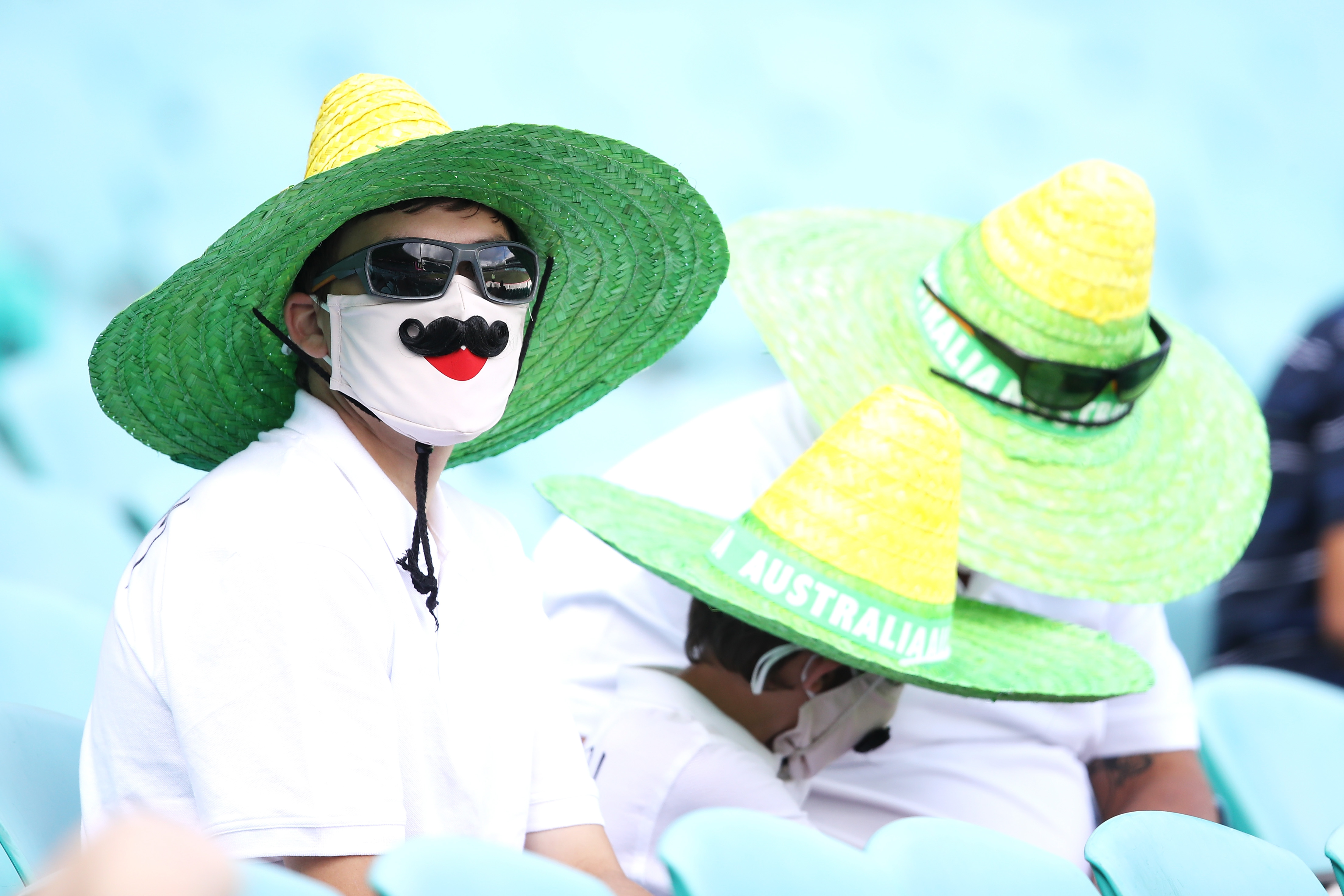
Professor Oliver said the effectiveness of a face mask doesn't necessarily rely on how many layers it has, but more so on the quality of fabric and manufacturing.
"The most important thing is that the mask forms a tight seal around your face," he said.
"The issue with these masks for the general public is it might not be the right shaped mask for your face.
"So, you're lulled into a false sense of security thinking you've got the best mask money can buy when in fact that's not the case.
"My advice has always been buy the mask you're comfortable in and if it's disposable, change them frequently."
If you're going to work, Professor Oliver suggests taking two and changing over during your lunch break.
from 9News https://ift.tt/39LnqV9
via IFTTT



0 Comments